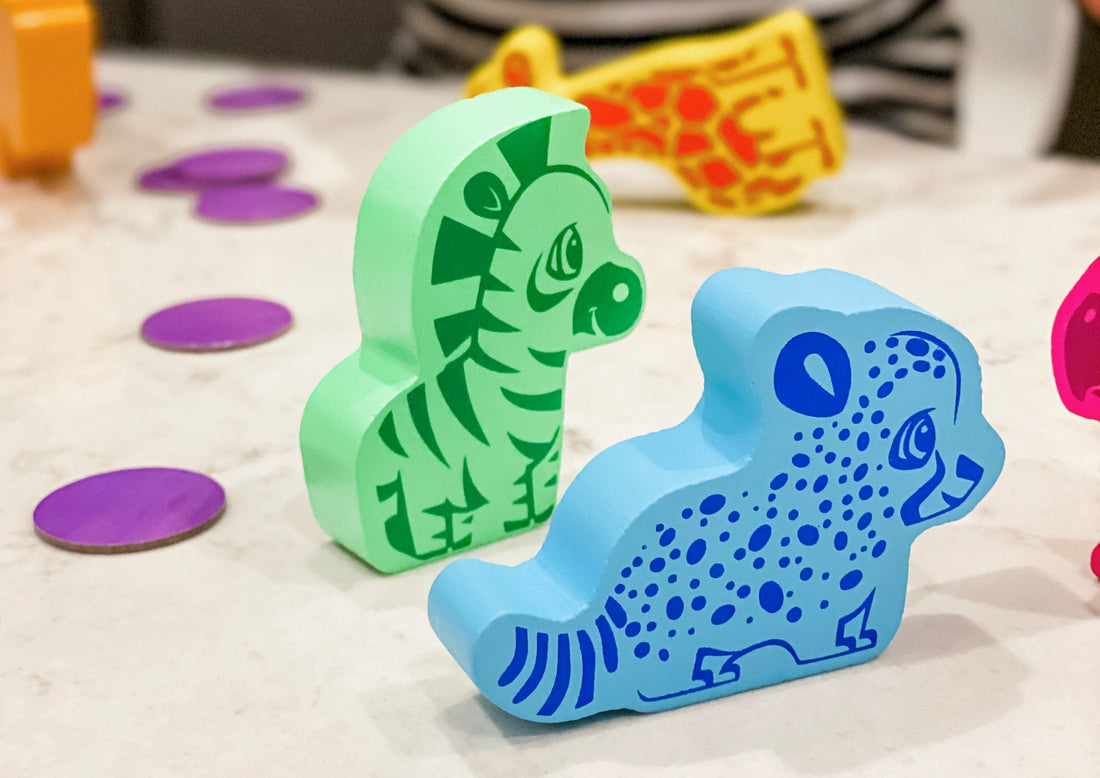The Science of Color in Games

When creating our games, the color choices we make are based on several factors - the theme of the game and the targeted player age of the game. But most importantly our color choices need to be recognizable to all the players playing the game.
Color choices can often help with the basic understanding of a game’s mechanics. As players we will naturally interpret the color red as “stop” and the color green as “go”. However, this does not work for someone with color vision deficiencies as those two colors can often look the same. About 5-10% of the world population has color deficiencies.
Color vision deficiencies (CVDs) are visual disorders occurring in the absence or abnormal function of one or more cones in the eye. Although the term ‘’Color blindness’’ has been used to describe CVDs, it is not the correct term. Color vision deficiency is the proper term for this disorder because color blindness means the absence of the ability to detect or distinguish any color at all. CVDs include various mild or heavy, and hereditary or acquired color vision deficits.1
SimplyFun always tries to consider those individuals that have color deficiencies in the development of our games. Many of our designs and color choices are made with a goal that everyone can enjoy our games.
There are three main types of Color Vision Deficiency
- Deuteranomaly -reduced sensitivity to green light (most common)
- Protanomaly -reduced sensitivity to red light.
- Tritanomaly -reduced sensitivity to blue light (rare)

When creating our games, we use several Apps to help us see how things will look to those with deficiencies. We use:
- ColorDeBlind
- CVSimulator
We avoid choosing shades of colors that will not be discernable, especially certain shades of reds and greens. Instead, we use colors that can be differentiated and when possible, add patterns, shapes, or other visual aids to help so that everyone can play.
Matching games are where this is the most important. For Digger’s Garden Match and Animal Snacks we added patterning on the tiles and die. For Marble Matrix we selected marble colors that could be seen as unique shades/colors values.
Examples:
Digger’s Garden Match
In addition to the shapes and colors there is a background pattern on each of the different colors.

Animal Snacks
The animals and die sides each have a color and a pattern to help with identification.

Marble Matrix
We made sure all the marble colors are identifiably different.

Taking the time to examine and adjust our color choices when designing SimplyFun games ensures that everyone can play together without having to take extra steps or adjust the rules.
Ready for more blog posts about SimplyFun games? Check out our Award-Winning Games of 2021
